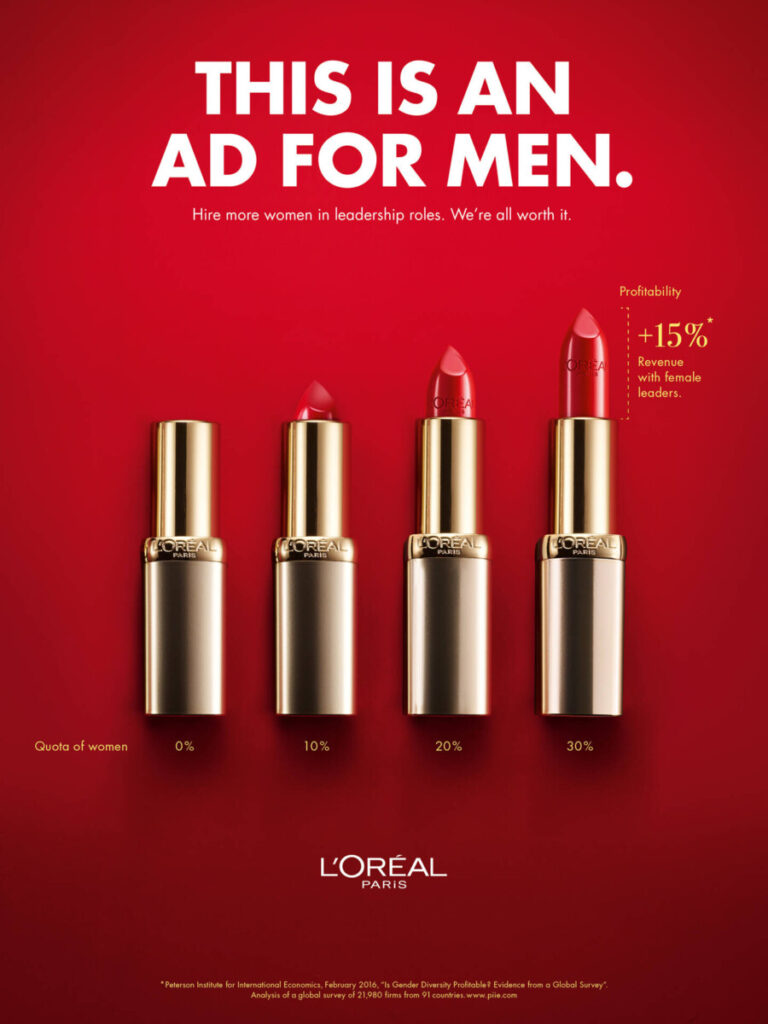Hall, Sean. This Means This, This Means That : A User’s Guide to Semiotics, Laurence King Publishing, 2012 (Chapters 1 & 2) pgs 21-67.
- Using an example, define Saussure’s terms sign, signifier, and signified in your own words.
- How are signs employed in visual communication? Provide a visual example from contemporary or historical advertising and explain why the example is considered an icon, index, or symbol in Peirce’s terms.
- How are non-literal devices used to convey meaning in advertising and/or social media? Provide a visual example from contemporary or historical advertising and explain which type of non-literal device (simile, metaphor, metonym, synecdoche, irony, lies, impossibility, depiction, or representation) is being used and why.
After reading this week’s reading response, I feel like a piece to the puzzle of coming up with a design strategy to market an item was added. Very complex but simple at the same time. The sign, the signifier, and the signified. To me simplified, the object, the effect, and the cause. To me, an example would be a candle, which is a sign. The candle being lit with fire would be the signified and the signifier would be the melting of the wax. Still getting comfortable with each term, but with practice, it should become more familiar.
In visual communication, signs are important if incorporated into the advertisement. There are three types, icon, index, and symbol. With iconic signs, the signifier resembles the signified. With index signs, the signifier is caused by the signified. Signs that are symbols have the signifier with an arbitrary relationship with the signified. An example using a symbol would be a flag that represents a country of people.
Then there are non-literal devices that are used to express an idea or concept in an advertisement. Non-literal devices are similes metaphors, metonyms, synecdoche, irony, lies, impossibility, depiction and representation. A good example of a synecdoche would be the ad below. Synecdoche means using a part of something to stand for a whole thing, or the whole thing to stand for a part. The lipsticks are set up like a bar chart representing different percentages of women in leadership roles. The highest percentage shows the highest amount of revenue sales with more women in leadership roles. Suggesting that the men in power should hire more women.





Leave a Reply